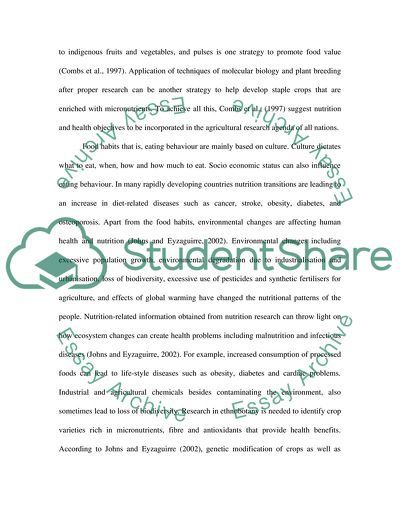Ongoing Participation with On Line Postings and Discussion Forum Assignment - 6. https://studentshare.org/medical-science/1757810-food-systems-for-improved-health
Ongoing Participation With On Line Postings and Discussion Forum Assignment - 6. https://studentshare.org/medical-science/1757810-food-systems-for-improved-health.


